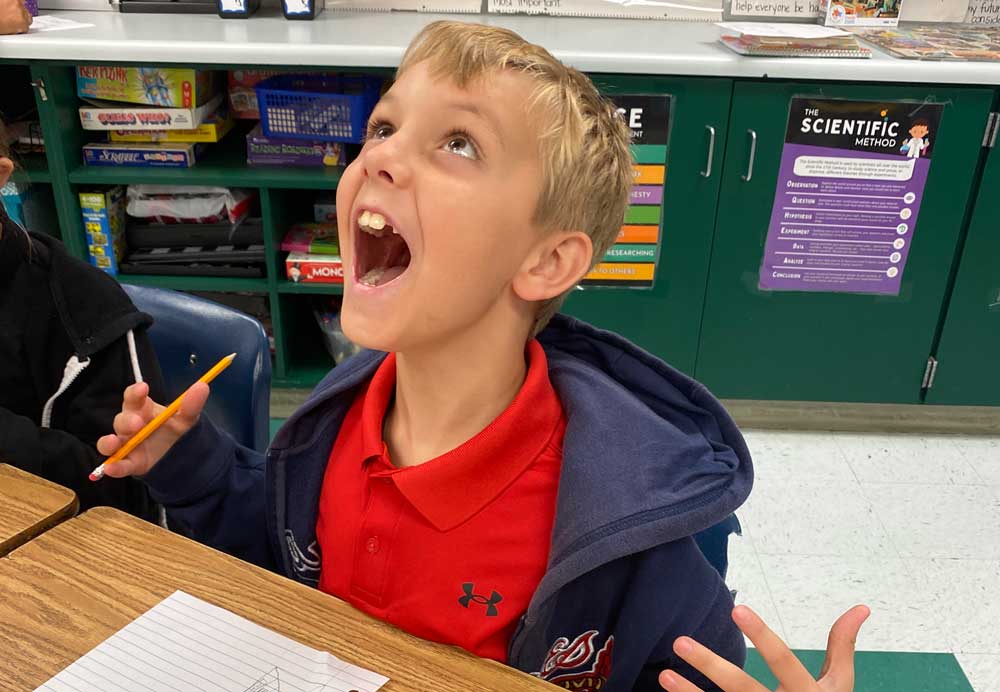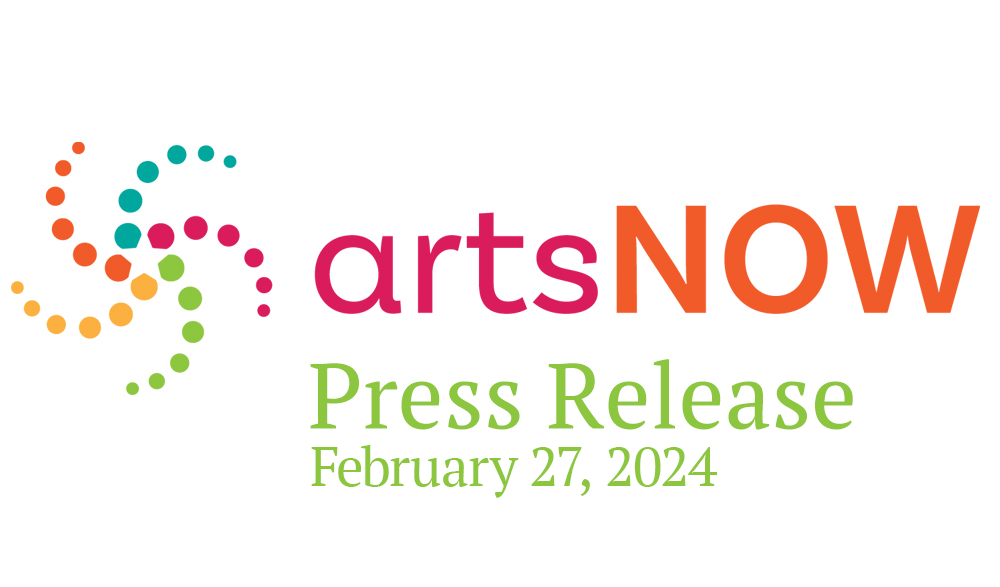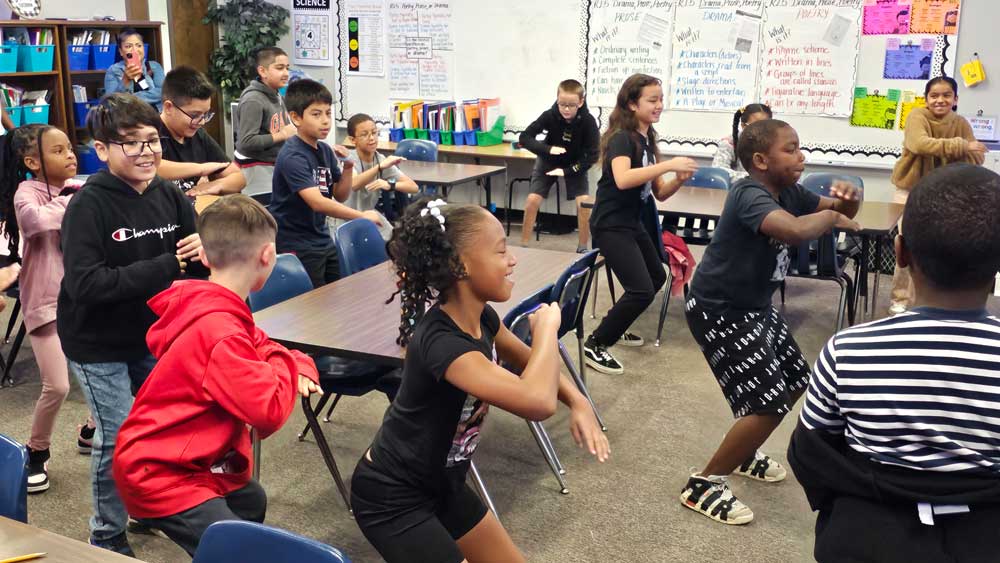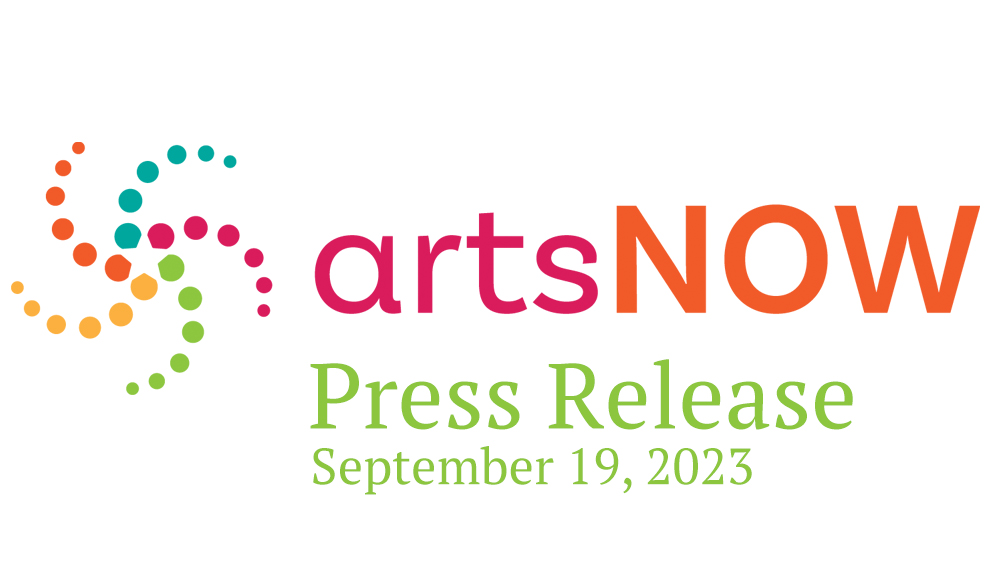ArtsNOW Partners with Georgia Tech CEISMC on Summer Camps
ArtsNOW Partners with Georgia Tech CEISMC on Summer Camps
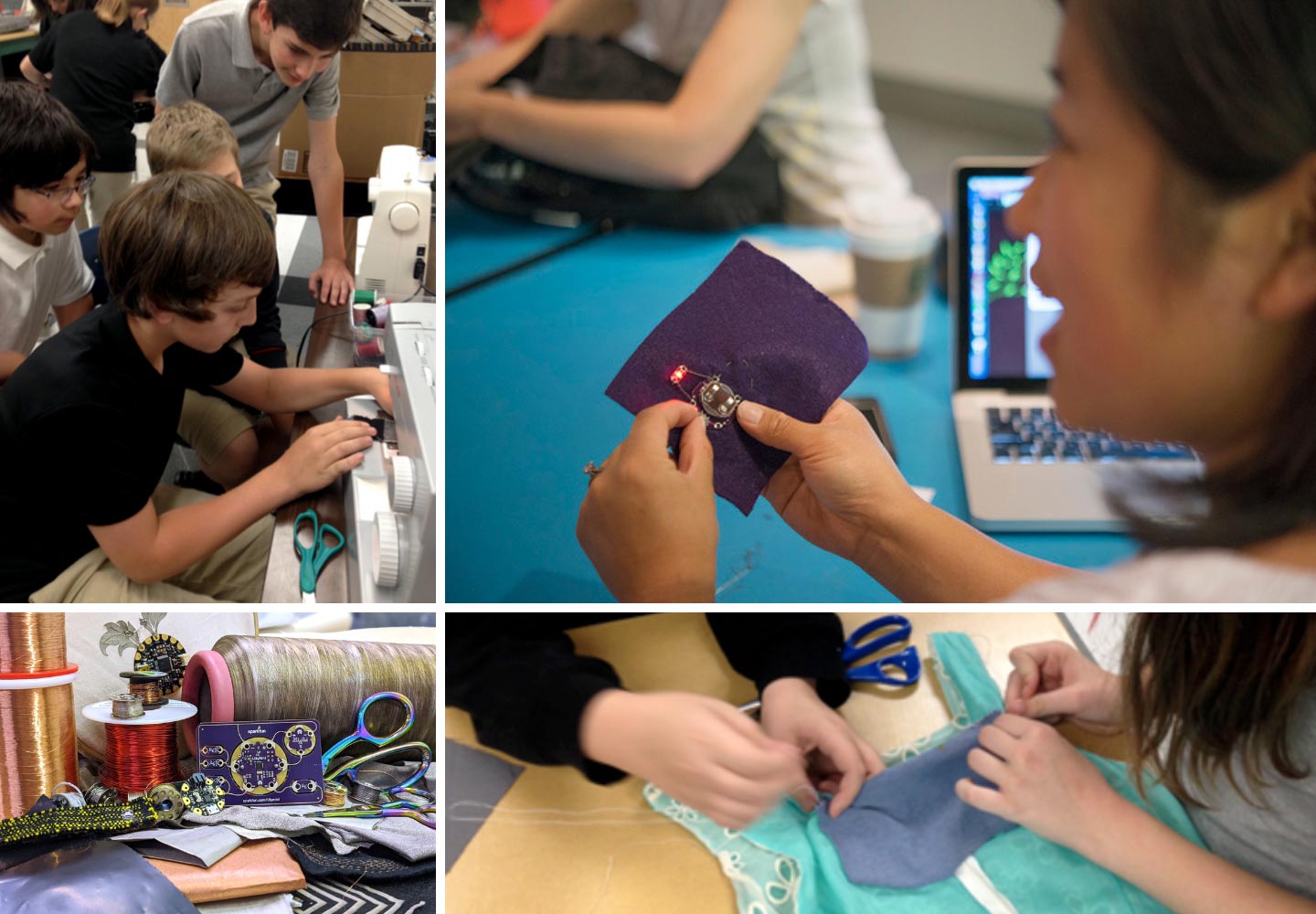
"The ArtsNOW—CEISMC partnership is the perfect pairing! We will push the limits of our collaboration to see just how far a strong, vibrant, nationally recognized arts-in-education nonprofit organization and a world-class technical research university can go to provide innovative STEAM programming for K-12th grade students and teachers across Georgia and beyond. The potential is limitless!"
- Lizanne DeStefano, Ph.D., Executive Director, Center for Education Integrating Science, Math, and Computing (CEISMC), Georgia Institute of Technology
ArtsNOW has partnered with Georga Tech CEISMC for the past three years in Savannah for summer camps. We are excited to offer a workshop at the Atlanta P.E.A.K.S. camp in June 2024. Elementary, middle, and high school students can garner hands-on experience with various educational activities.
At Georgia Tech, the Center for Education Integrating Science, Mathematics, and Computing (CEISMC) Expanded Learning Programs provide inspiring STEAM enrichment and outreach for K-12 students. They provide innovative STEAM educational outreach opportunities to thousands of students annually. The programs offer students hands-on, exciting, and innovative ways to learn about science, technology, engineering, art, and mathematics.
Atlanta - Week 1: Make It! Wear It!: Creating Wearable Fashion through Technology
Date/Times: Jun 3-7, 2024, 9:00AM - 3:00PM
Grades: 4th-5th Grades
Details: Get ready to take your fashion sense to the next level in this futurist workshop on wearable electronics. In partnership with ArtsNOW, this weeklong session will introduce students to the world of wearable technology through hands-on sewable circuits and visual art STEAM activities. Join us and experience the brightest of Fashion!
Location: The main GT Campus is in downtown Atlanta, Georgia. More specific details will be provided closer to the program start date.
Price: $500
SAVANNAH: Creating Wearable Art
Date/Times: Jun 10-14, 2024, 9:00AM - 3:00PM
Grades: 4th-5th Grades
Details: Masks with lights, vests with speakers, armor with sensors, and accessories that react to the sun. Let your creativity flow with sew-on LEDs, conductive paint, and clay. Build and wear your own character creations!
Location: Georgia Tech-Savannah campus, 190 Technology Circle Savannah, Georgia 31407
Price: $350
SAVANNAH: Artbotics
Date/Times: July 8-12, 2024, 9:00AM - 3:00PM
Grades: 4th-5th Grades
Details: Ever used science or math to create an artistic masterpiece? How about coding to write a song? Artbotics is a program designed to bring your creativity to life and have fun along the way! Each participant will create their own unique and interactive piece of artwork using a combination of traditional art mediums, coding, and robotics. The week will be capped off with a gallery showing for family and friends.
Location: Georgia Tech-Savannah campus, 190 Technology Circle Savannah, Georgia 31407
Price: $350

